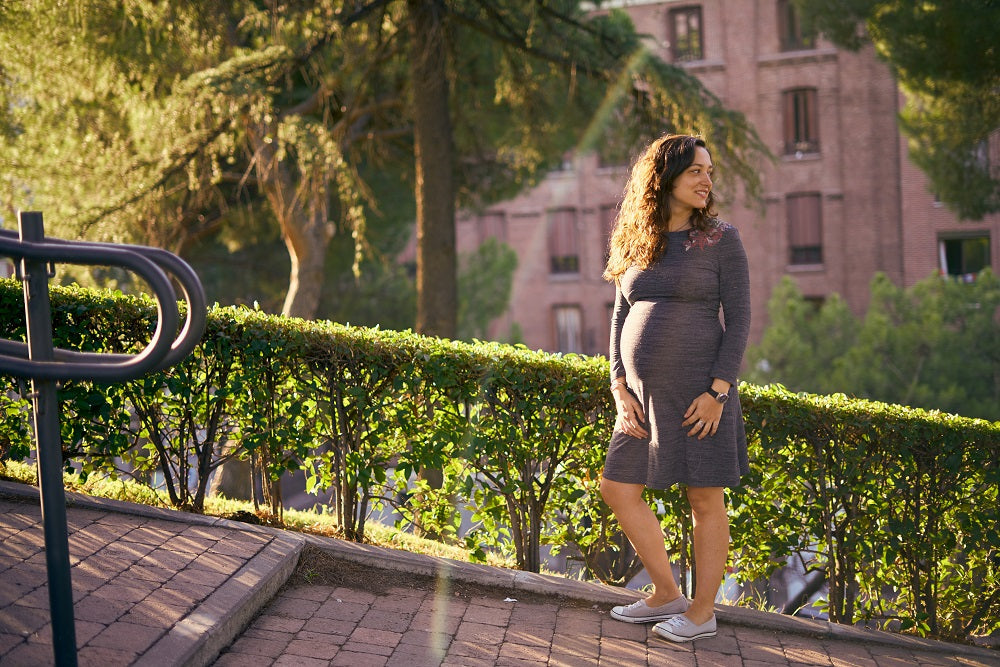Crawling is a truly special part of your baby's journey — not just adorable, but a fundamentally important developmental milestone. It's a crucial step that lays the groundwork for walking, strengthens their little bodies, and even shapes how they think and feel. Many parents down under wonder, "when do babies start crawling?" While the answer varies for each bub, one thing's for sure: this stage of baby crawling is definitely worth slowing down to appreciate.
Why Crawling Deserves More Love
Research from New York University suggests that during every wriggle and shuffle, your baby’s brain is learning too — measuring space, tracking movement, and figuring out how to navigate the world. Crawling is more than movement; it nurtures both physical and emotional intelligence.

And babies who don’t get much crawling experience? They may later struggle with posture, upper body strength, or fine motor tasks like writing and using scissors. That’s why it’s okay — even wonderful — if your little one wants to stay closer to the ground for a while. The more they crawl, the better prepared they’ll be for future developmental milestones.
The Beautiful Benefits of Crawling
Here’s how crawling supports your baby beyond just movement:
1. Boosts Brain and Language Growth
At around 8 months, babies often begin commando crawling, and not-so-coincidentally, start babbling more too. Crawling stimulates the vestibular system — essential for both balance and early language development.
2. Builds a Sense of Space
Ever noticed how your crawling baby’s little bum sways side to side? That cute movement helps them develop spatial awareness, creating a “mental map” of their surroundings that supports learning and confidence later on.
3. Strengthens Arms and Coordination
Using arms to push forward develops muscle tone and coordination. It’s their first full-body workout — building strength they’ll use for climbing, playing, and eventually writing and drawing.
4. Supports the Immune System
A bit of floor time isn’t dirty — it’s healthy. Crawling babies who explore different surfaces build resilience. While hygiene is important, a sterile environment can sometimes hold back immune development.
5. Promotes Better Sleep
Active babies are better sleepers. Crawling uses up energy and helps regulate their sleep-wake cycles. And we know sleep is crucial for releasing growth hormones — helping your little one grow strong and tall.

When Do Babies Crawl?
So, when do babies crawl, and what’s considered a typical crawling age? Every baby is unique, but here’s a rough timeline:
- 5–6 months: Your baby might start wiggling arms and legs while on their tummy. This is a great time to start gently encouraging crawling.
- 6 months+: Let baby spend more time on their tummy. Place toys just out of reach to help them discover the joy of moving forward.
- 7 months: You might see commando crawling — dragging the tummy across the floor, often going backward at first!
- 8–10 months: True hands-and-knees crawling baby mode begins, progressing to using both hands and feet as strength builds.
How to Help Baby Crawl (Without Pressure)
Here are some gentle ways to support your baby's crawling journey:
- Get down to their level. Babies love to mimic!
- Use soft mats or blankets and let them move freely.
- Place a favourite toy just out of reach — motivation is everything.
- Let crawling happen during play, not “training” — follow their cues.
Remember, babies don’t need to be taught, they need time, space, and your gentle encouragement.

Recommended Crawling Time
6–8 months: Aim for around 2–3 hours of total crawling practice throughout the day.
From 8 months+: Try to allow for at least 500 hours of cumulative crawling time as they grow — this can be built up slowly and naturally through everyday floor play.
Creating a Safe Crawling Space
To support safe, happy crawling:
- Use cushioned play mats or rugs to prevent bumps.
- Remove small objects, cords, or anything your baby might grab and mouth.
- Outdoors? Take water, baby wipes, and sun-safe clothing. Crawling in the sun is not only fun, but great for Vitamin D and mood.
Gentle tip for parents: Begin teaching safety early — not by fear, but with trust. As your baby grows, these quiet lessons become instinct. Teach them to avoid rough ground, pause when others walk by, and stay within safe limits during play.
Final Thoughts
Crawling might seem like a simple skill, but it’s really a precious opportunity. A time to build strength, confidence, and curiosity. So don’t rush them onto their feet — let them crawl, explore, and discover the world one shuffle at a time.
Because every crawl is a little victory.





